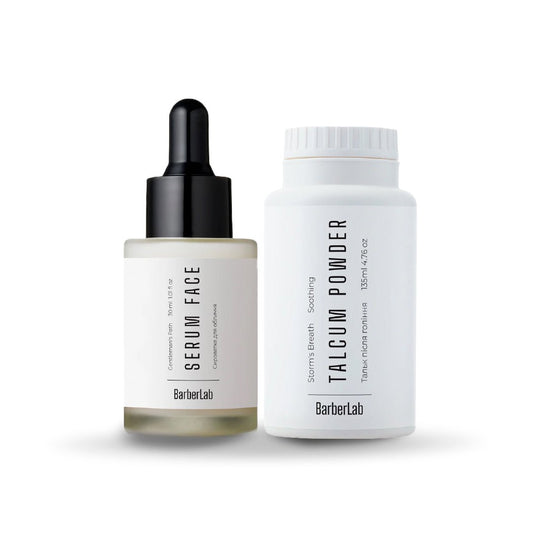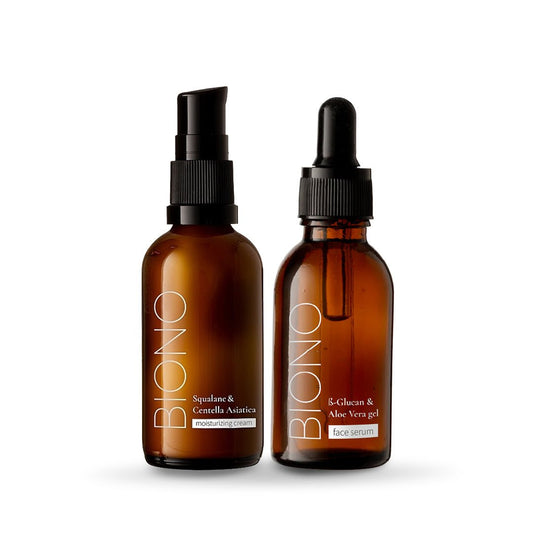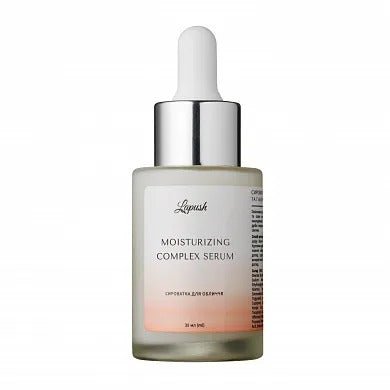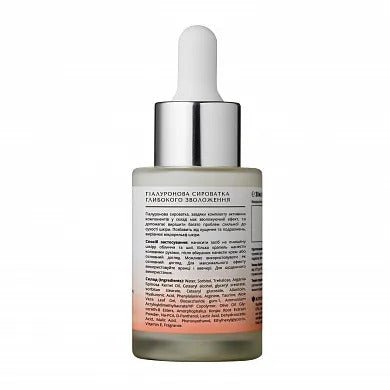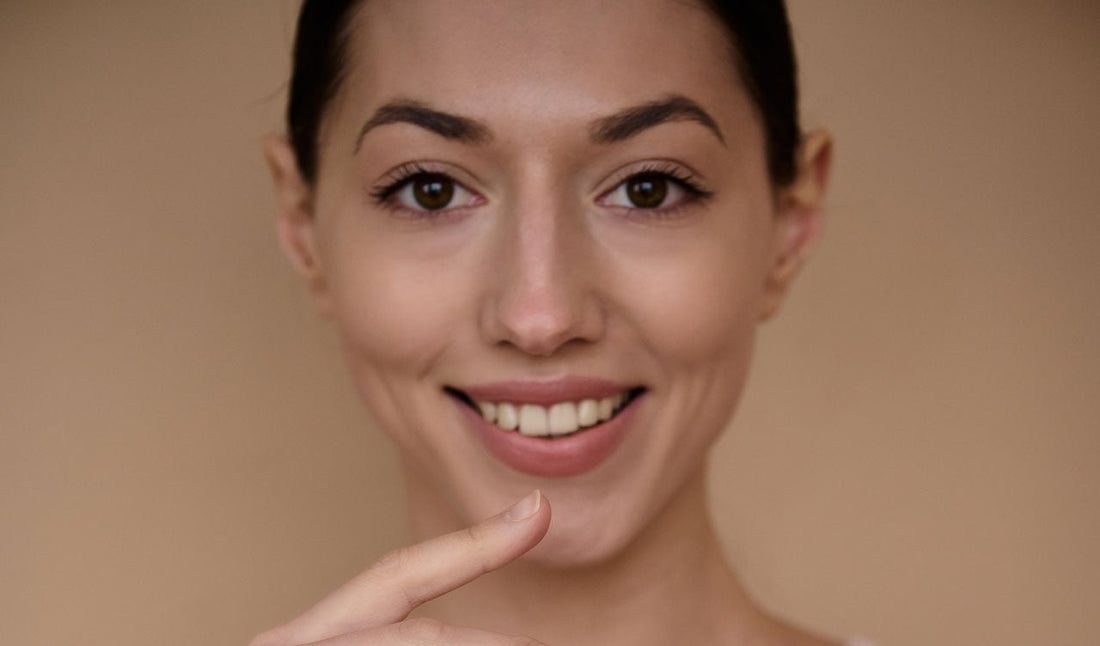
Online skin type test: how to understand your skin and choose the right care
Every skin is unique, and its care should not be random, but personalized. But before looking for the perfect creams or serums, it is important to answer the main question: what is your skin type? An online skin type test will help you figure it out quickly and for free. In this blog, we will tell you why you should take the test, how to correctly determine your facial skin type yourself, what types there are, and how care changes depending on the result.
How does the online test for determining facial skin type work?
An online skin type test is a series of simple questions about how you feel after washing your face, your reaction to weather changes, whether you have oily or dry skin, irritation or tightness. By answering them, you can get a preliminary conclusion - dry, oily, combination, normal or sensitive skin. Such tests usually take no more than 2-3 minutes, but they give a basic understanding of the condition of the epidermis.
The tests also often take into account seasonality, the condition of the pores, the presence of acne or redness. This is important, because skin type can change under the influence of age, stress, nutrition and climate. Online diagnostics does not replace a consultation with a dermatologist, but is an effective first step towards conscious care.
Thanks to such tests, you will not only find out your facial skin type, but also receive basic advice on products that will suit you. It's convenient, fast, and completely free.
Online skin type test: convenient, fast, informative
An online skin type test is a modern way of self-diagnosis that helps you understand exactly how your skin behaves in different situations. In a few minutes, you will go through a series of questions about how it feels after washing, how it reacts to weather conditions, and whether it is prone to oiliness, dryness, or irritation. It is not a substitute for consulting a dermatologist, but it provides a useful starting point for choosing the right cosmetics.
The test is adapted to different skin types: dry, oily, combination, normal and sensitive. It takes into account your age, lifestyle, season and sometimes even region of residence - all of which affect the condition of the epidermis. You get the result immediately, along with basic care recommendations.
Taking an online skin type test is not only useful for those who are just starting their routine. Even if you have been using cosmetics for a long time, the condition of your skin changes with age, stress, and climate. Such a test helps to update your understanding of your skin's needs and avoid ineffective products.

Why is it important to determine your skin type before choosing cosmetics?
Without correctly determining your skin type, it is difficult to choose effective care. For example, a cream for dry skin may be too heavy for oily skin, and products with acids may cause irritation in sensitive people. An online test helps to avoid such mistakes.
Skin type isn't just a characteristic. It's the foundation of your daily routine, from cleansing to applying SPF. If you misjudge your skin type, you may not only not achieve the desired effect, but also worsen the condition of your face.
Moreover, knowing your skin type can save you money by not buying unnecessary products that don't work for you. Therefore, taking an online skin type test is an investment in smart care and a healthy appearance.
How to determine your skin type yourself: a simple test at home
It is not always possible to take an online test or visit a beautician, but this does not prevent you from determining your skin type yourself. There is a simple and reliable method that does not require special knowledge or tools. All you need is a little attention to your own feelings and a regular napkin.
Start by cleansing your face. Wash with warm water and a mild, non-aggressive cleanser. Do not apply any creams, toners, or serums afterward. Leave your skin “naked” for 1–2 hours — give it a chance to express itself naturally, without the influence of makeup.
After the specified time, apply a regular paper napkin or blotting paper to different areas of the face - forehead, nose, cheeks, chin. Evaluate the result:
- Oily marks on all areas - oily skin.
- Oily in the T-zone (forehead, nose, chin), but dry cheeks - combination.
- There are no marks, but there is a feeling of tightness or peeling - it is dry.
- The napkin is clean and the skin is comfortable — normal.
- Mild redness, irritation, or itching without an obvious oily sheen may occur - sensitive skin.
This test will help you not only understand your basic skin type, but also pay attention to its condition: whether it is dehydrated, whether there are signs of irritation or excess sebum. Self-observation is one of the most effective tools in self-care, especially when you are just starting to get acquainted with cosmetics.
Skin types: a brief description of each
Dry facial skin has a reduced ability to retain moisture, so it often looks dull, rough, and can peel and tighten after washing. People with dry skin often develop fine wrinkles earlier than other skin types. This skin needs intense hydration, nourishment, and gentle cleansing without harsh surfactants. Look for hyaluronic acid, ceramides, squalane, shea and jojoba oils in products for dry skin.
Oily skin is characterized by shine on all areas of the face, a tendency to clogged pores, acne and blackheads. This is the result of overactivity of the sebaceous glands. Although oily skin ages more slowly, it requires careful cleansing and control of sebum production. It is important to avoid overdrying, as this only stimulates even more oiliness. Niacinamide, zinc, clay, AHA and BHA acids are useful in care.
Combination skin is the most common type, with some areas (mainly the forehead, nose, chin) shiny and oily, while the cheeks may be dry or normal. This type requires an individual approach - lighter products for the T-zone and more nourishing for the periphery of the face. You can also use multi-step care or multi-masking to achieve balance.
Normal facial skin has an even color, smooth texture, and is not prone to irritation, oiliness, or dryness. This is the ideal type, but it needs maintenance: gentle cleansing, moisturizing, and regular protection from the sun and harmful environmental factors. Even in the absence of obvious problems, it is important for normal skin to provide basic daily care to maintain its natural balance.
Sensitive facial skin reacts to external irritants: new cosmetics, temperature changes, wind, even tap water. It often turns red, itches or burns. This type of skin requires special attention - soothing ingredients such as panthenol, allantoin, centella extract, oatmeal. It is worth avoiding alcohol, fragrances, aggressive acids and choosing only hypoallergenic cosmetics.
Online facial skin test: what to do after the result
Once you receive the test result, you should not just read the description, but take practical steps. Change your cleanser, add a product with the correct pH, choose a cream based on your type. If sensitivity is indicated, avoid aggressive ingredients.
Don't be afraid to experiment, but do it gradually: introduce new products one at a time to see how your skin reacts. Better yet, choose your skincare based not only on your skin type, but also on your current skin condition (dehydration, acne, pigmentation, etc.).
Many online tests immediately give you recommendations for cosmetics, which is convenient. But remember that the test is just a guide, not a diagnosis. Monitor your skin and adjust your care once a season or more often if necessary.
Conclusion: a facial skin test is the first step to effective care
Determining your skin type is a basic but extremely important step on the path to healthy and beautiful skin. An online facial skin test allows you to quickly and easily understand your needs and choose the optimal care. You should not neglect this tool - especially if you are just starting your journey in the world of cosmetics or feel that something in your routine is not working properly. Get to know your skin better - and it will respond to you with gratitude.

